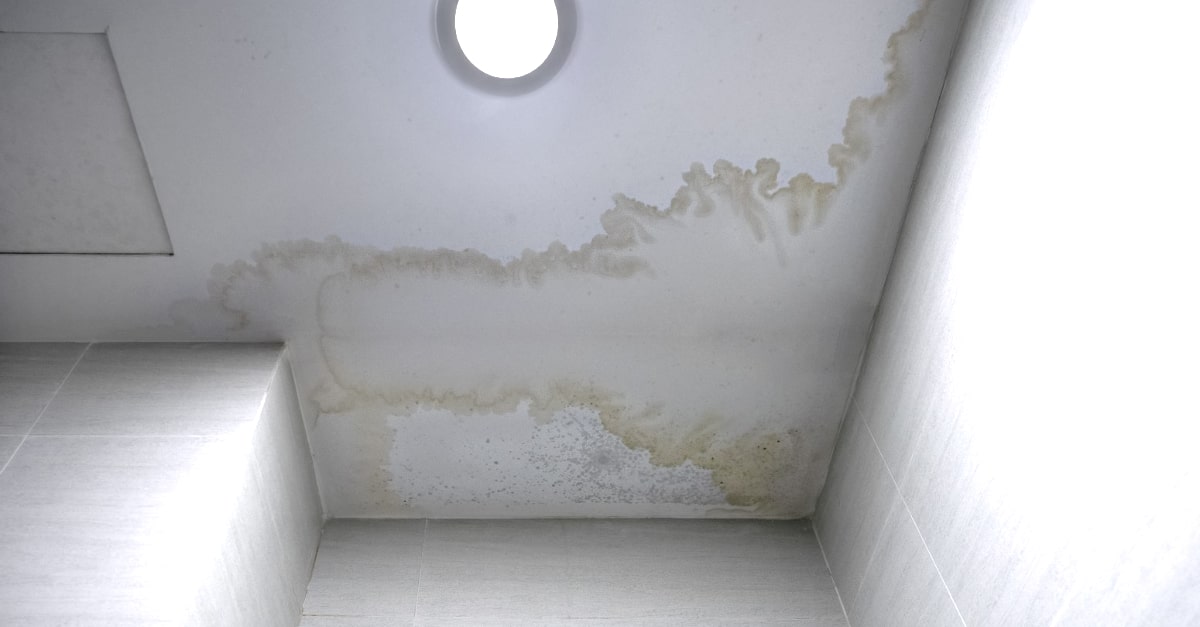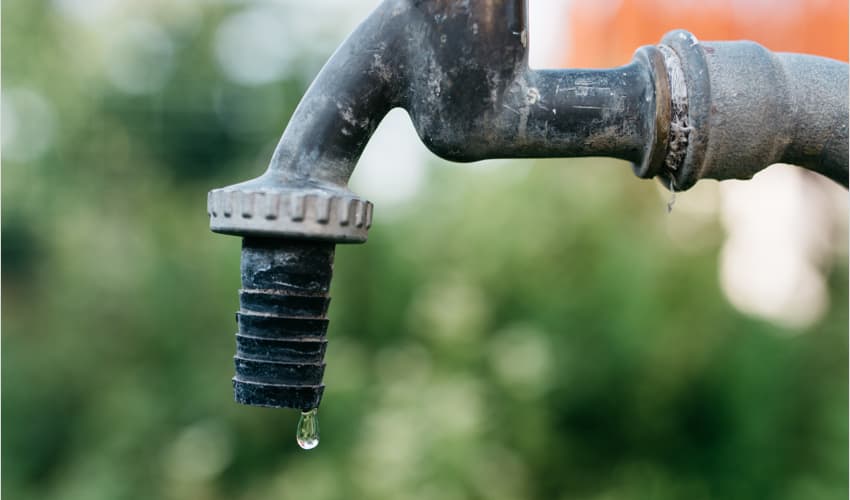Pinpoint Why Water Seepage in The Residence
Pinpoint Why Water Seepage in The Residence
Blog Article
They are making a few great pointers on the subject of Top Causes of Home Water Leaks as a whole in this great article underneath.

Leakages not only cause waste of water but can also cause unneeded damage to your home and advertise unwanted natural growth. Unfortunately, water leakages might go unnoticed because most of the pipework in our house is concealed. By looking and also understanding for day-to-day situations that trigger leakages, you can safeguard your residence from future leakages and unneeded damages. Today, we will take a look at 6 leakage causes that may be creating your pipelines to drip.
Intruding roots
Most water leaks begin outside the house instead than inside it. You might see wet spots or sinkholes in your lawn, as well as that could indicate that tree roots are getting into water lines creating water to seep out.
Rusty water systems
This might be the reason of discoloration or bending on your water pipes. If our plumbing system is old, think about changing the pipelines considering that they are at a greater risk of rust than the more recent models.
Faulty Pipeline Joints
The factor at which your pipelines connect is frequently the weakest link in the waterline. Pipeline joints can wear away over time, resulting in water leaks. Sadly, the majority of pipeline joints are not quickly noticeable. If you have loud pipelines that make ticking or banging sounds, specifically when the warm water is switched on, your pipe joints are most likely under a great deal of pressure. It is a good idea to have your plumber inspect your system yearly.
Immediate temperature adjustments.
Severe temperature adjustments in our pipelines can cause them to increase as well as contract all of a sudden. This growth and tightening may create cracks in the pipelines, especially if the temperature level are below freezing. It would be best if you watched on how your plumbing functions. The existence of the formerly mentioned conditions frequently suggests a high threat.
Poor Water Connectors
At times, a leak can be created by loose tubes as well as pipelines that supply your devices. In case of a water links leakage, you may observe water running directly from the supply line or puddles around your home appliances.
Blocked Drains
Obstructed drains pipes might be frustrating and also inconveniencing, yet they can sometimes end up causing an overflow resulting in rupture pipes. Keep removing any materials that may go down your drains pipes that can clog them to avoid such hassles.
All the above are root causes of leakages but not all water leakages arise from plumbing leakages; some leaks might originate from roof covering leakages. All leaks must be fixed instantly to stay clear of water damages.
Leaks not just trigger waste of water however can also trigger unnecessary damage to your residence and also promote unwanted organic development. By comprehending and also looking for day-to-day circumstances that create leaks, you can shield your residence from future leaks and also unnecessary damages. Today, we will look at six leakage causes that might be causing your pipes to drip.
At times, a leakage can be created by loose hoses as well as pipelines that provide your devices. In instance of a water links leak, you may observe water running straight from the supply line or pools around your appliances.
How To Check For Water Leak In Your Home
How To Check for Leaks
The average household's leaks can account for nearly 10,000 gallons of water wasted every year and ten percent of homes have leaks that waste 90 gallons or more per day. Common types of leaks found in the home are worn toilet flappers, dripping faucets, and other leaking valves. These types of leaks are often easy to fix, requiring only a few tools and hardware that can pay for themselves in water savings. Fixing easily corrected household water leaks can save homeowners about 10 percent on their water bills.
To check for leaks in your home, you first need to determine whether you're wasting water and then identify the source of the leak. Here are some tips for finding leaks:
Take a look at your water usage during a colder month, such as January or February. If a family of four exceeds 12,000 gallons per month, there are serious leaks.
Check your water meter before and after a two-hour period when no water is being used. If the meter changes at all, you probably have a leak.
Identify toilet leaks by placing a drop of food coloring in the toilet tank. If any color shows up in the bowl after 10 minutes, you have a leak. (Be sure to flush immediately after the experiment to avoid staining the tank.)
Examine faucet gaskets and pipe fittings for any water on the outside of the pipe to check for surface leaks.
Undetected water leaks can happen without the home or business owner even realizing. If you suspect a water leak, but not able to find the source. It is time to contact a professional water leak detection service, The Leak Doctor.
How To Find a Water Leak In Your Home
https://www.leakdoctor.com/blog/How-To-Check-For-Water-Leak-In-Your-Home_AE197.html

We had been brought to that write-up about Top Causes of Home Water Leaks through an associate on a different blog. Are you aware of another person who is fascinated about the niche? Take a moment to promote it. Thanks so much for going through it.
Immediate repair? Phone now! Report this page